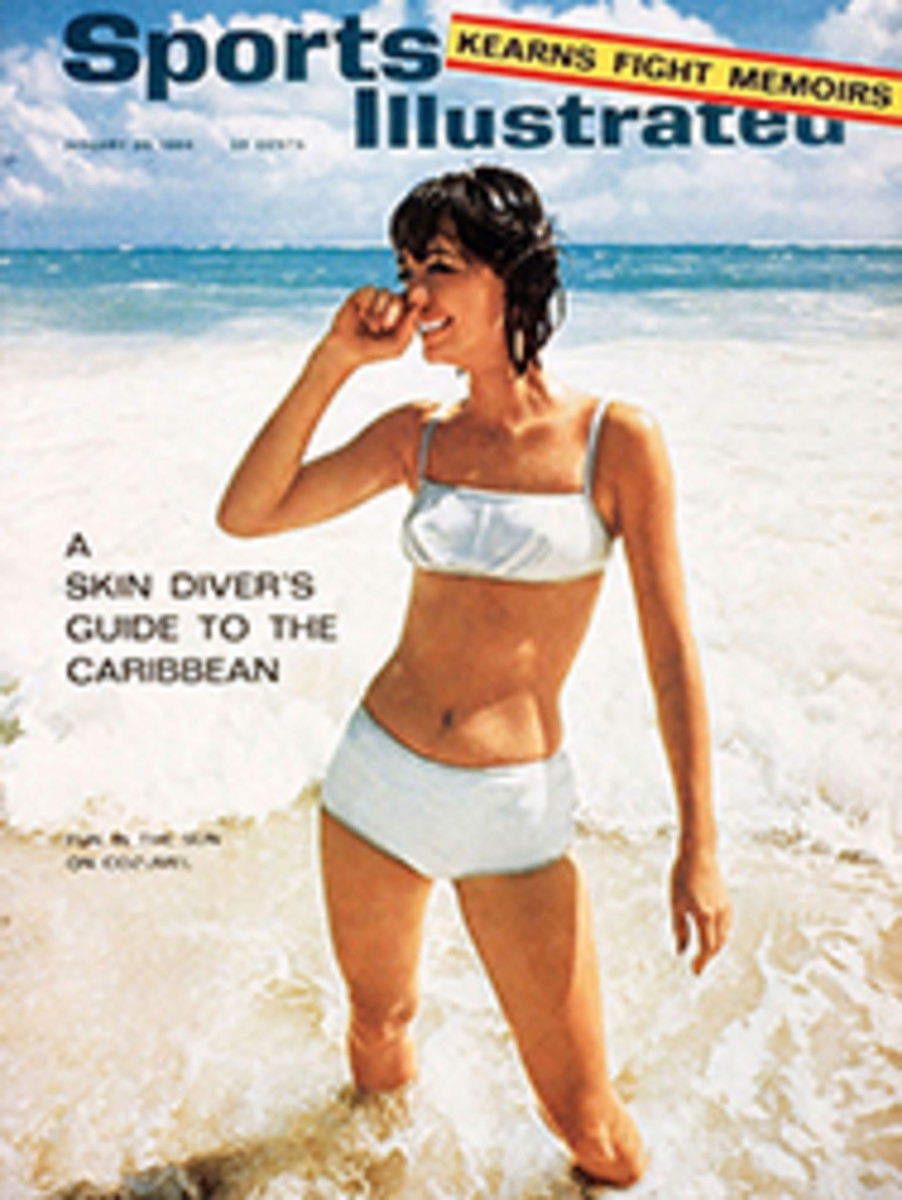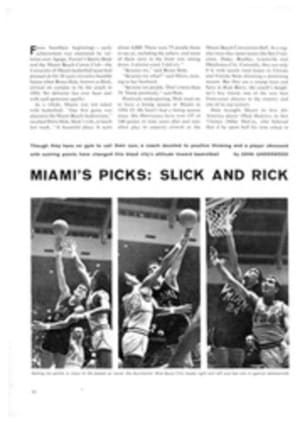
BOATS LOOK LIKE BOATS AGAIN
Only two dates really matter to the amateur sailorman. One is the day he gets his boat overboard and starts another season afloat. The other is the day he gets to the boat show—any boat show—and begins making plans. During the next two months, an estimated 2.5 million impatient, winter-bound sailing buff's will be poking and prying around at boat shows in Cleveland (Jan. 11 to 19), Los Angeles (Jan. 17 to 26), New York (Jan. 18 to 26), San Francisco (Jan. 31 to Feb. 9), Miami (Feb. 14 to 19), Detroit (Feb. 15 to 23), Boston (Feb. 22 to March 2), Chicago (March 21 to 29) and a host of smaller cities.
As usual, they will find all manner of alluring gadgets and gleaming heart's desires. But most of all they will find, surprisingly, that boats have begun to look like boats again. With Detroit's tail fins gone the way of all chrome, the emphasis in 1964 is back on performance. Unspectacular as they are, more attention is being paid to bottoms this year than to topsides.
Frankly improvising on the design of the famed Moppies, which revolutionized ocean racing a few years back, Chris-Craft is bringing out a line of 38-foot fiber-glass cruisers whose modified V bottoms are said to go Moppie Designer Ray Hunt one better. Instead of carrying the V all the way back from stem to stern, the new Chris-Craft tends to flatten out toward the stern. This, it is hoped, will give Chris-Craft's new fiberglass cruiser performance as good as Moppie's at high speeds and still lessen drag at low speeds.
Offering new bottom design at a more modest level, the Evinrude Sweet 16—first boat to bear this name made famous in outboard motors—has what its designers call a gull-wing bottom. The theory here is that a cushion of water trapped between the gull's wing tips and the V of its body will act as a shock absorber to provide a "soft level ride on Biscayne Bay, Puget Sound or an inland lake." Snub-nosed and beamy, the 16 is designed to provide maximum cockpit space in a boat that is easily trailered into an average garage with the motor hanging. And it seems likely to achieve its purpose.
Every show has its complement of seagoing novelties at which real sailors sneer. But there will be few water buffs who will not want at least to try the tiny, 5½-foot Aqua Jet, the Tinkertoy of this year's show. A boat so small that only the skipper's arms and chest can get aboard, its watertight 25-hp engine can carry a man along at speeds up to 23 knots and let him dive in and out of the water like a porpoise as his dangling legs serve as rudders.
Gadgeteers who prefer sail to power are, on the other hand, likely to drool over the sight of Alcort's trim little fiber-glass Catfish, the double-hulled cousin of the Sunfish and Sailfish (SI, Dec. 16), boats that set a whole new style in sailing.
Not quite a gadget and yet not a boat, the sailing craft that may get checkbooks out of pockets quicker than any other at this year's shows—particularly those along the northern tier—is the Baby Scoot, a streamlined version of the Scooter iceboats popular since the last century on the eastern end of Long Island's Great South Bay. A shallow gravy boat 12 feet long that weighs no more than 70 pounds fully rigged, Baby Scoot can skim over the ice (and even small holes in the ice if need be). And since it costs a mere $395, many an unwary sailor who thinks his money is safe till a thaw sets in may find himself hooked by a seductive little craft that he can try out tomorrow on the nearest frozen pond. It is either that, or go to Florida, or go frostbiting—and a good little dinghy costs $600 or more.
ILLUSTRATION
DON MOSS
CHRIS-CRAFT'S FIBER-GLASS 38
ILLUSTRATION
DON MOSS
ALCORT'S CATFISH
ILLUSTRATION
DON MOSS
AQUA JET
ILLUSTRATION
DON MOSS
EVINRUDE'S SWEET 16
ILLUSTRATION
DON MOSS
BABY SCOOT

